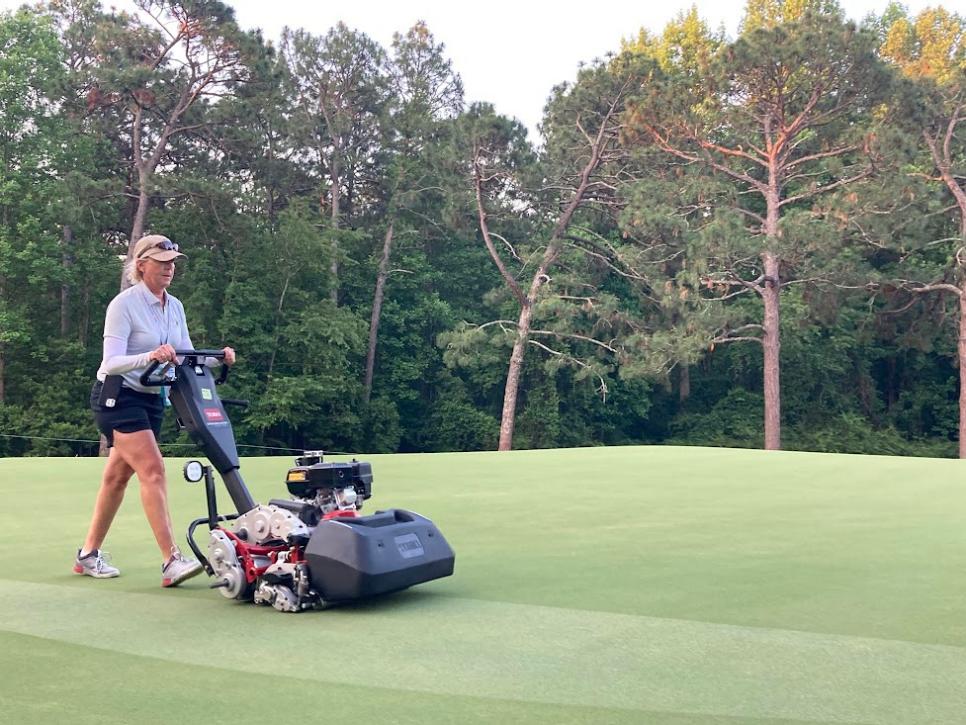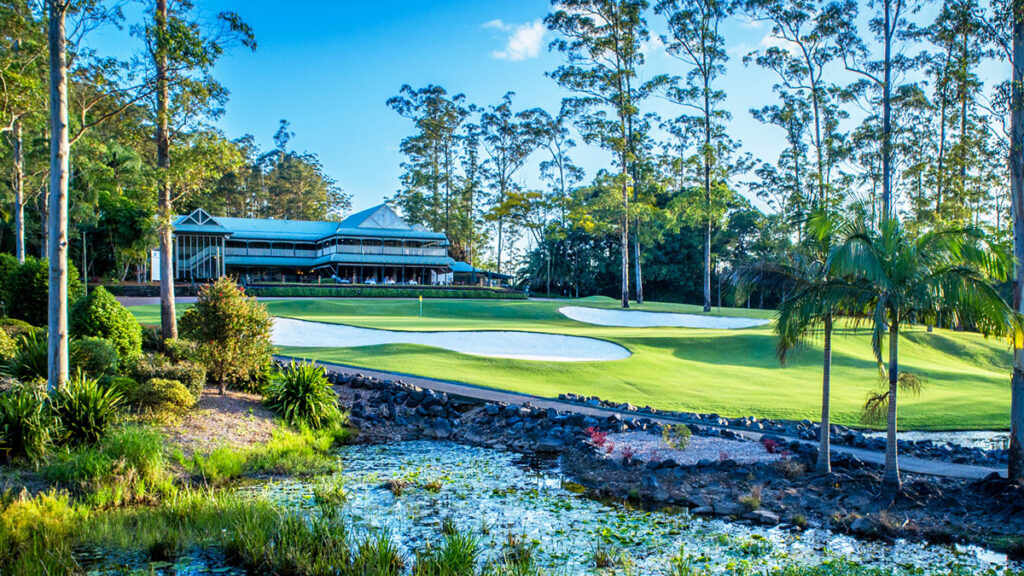Spring golf is here and, for many, the warmer temperatures and rising course conditions make it the best time of the year to play.
It’s fitting, then, that yesterday, September 10, was International “Thank A Golf Course Superintendent Day”, when golfers across the world were encouraged to reach out and show their appreciation for superintendents, their staff and all the work they do to maintain our courses.
The initiative is led by the Golf Course Superintendents Association of America in conjunction with other global superintendent groups, including associations in Australia, Great Britain and Canada. Together, the groups represent more than 31,000 golf course management professionals in 78 countries around the world.

Golfers are encouraged to join in the conversation on social media using the hashtags “#ThankASuper” or “#ThankAGreenkeeper”. Along with significant advertising from the GCSAA to celebrate supers on the day, golfers were tasked with reflecting on all the work that superintendents and their staff do year-round.
It’s this broader view of the role of a superintendent that Carlos Arraya, the general manager and chief executive at Bellerive Country Club in St Louis and 26-year GCSAA member, wants golfers to appreciate. Before becoming CEO at Bellerive, Arraya was the long-time director of agronomy at the club.

“They’re judged right or wrong on a couple of things,” Arraya says of supers. “Are the greens fast? Are the bunkers good? Is the golf course manicured? I think there’s so many other things that go ahead of that. As we continue to celebrate them, the role of the superintendent, we [should] magnify a little bit deeper – more than what’s on the surface.”
Arraya, who helped prepare Bellerive for the 2018 PGA Championship, says that the best way to show appreciation is to create a personal relationship with our supers. On Thank a Super Day, that might mean going out of your way to catch up with them and thank them for all their work, but Arraya hopes this relationship is maintained during the other 364 days of the year.
“I remember 24 years ago when I started as a super, it was, Get the hell out of the way and hide,” Arraya says. “Now we’re in a world where people are more visible. So getting to know them beyond just that they maintain the golf course, I think that’s huge.”
Beyond forming a personal relationship with supers and grounds staff, Arraya encourages golfers to take a more sympathetic view of the role that staff plays in the day-to-day maintenance of courses. While it’s understandable to want to play on the best conditions possible, Arraya stresses that any imperfections on the course are usually not from a lack of effort.
“Golfers fail to realise that there’s no golf course superintendent that goes to work and says, ‘I’m going to reduce conditions today because I just feel like it,’” he says. “There is a reason why conditions aren’t to expectations, whether it’s a weather event that’s coming, whether there’s insect or disease pressure, whether there’s some sort of turf management health issue at play or preparing for something bigger and grander, i.e. aerification.”

With this perspective, the relationship between golfers and superintendents can be more productive. Golfers can politely voice their concerns, supers can explain the various factors influencing conditions and both can leave the interaction feeling understood.
And if your course isn’t in perfect shape at the moment, simply acknowledging that your superintendent is giving his or her best effort can make a lasting impact. Arraya cites one such interaction he had with a member in 2017, when Bellerive was struggling with a few maintenance issues in the lead-up to the 2018 PGA.
One member approached Arraya, thanked him for all his work to get the course back up to standard and said, “It’s not from a lack of trying.”
“They recognised my effort,” Arraya says. “It took the pressure off. They see the effort that I’m trying regardless of what the outcome is here. They know we’re trying everything we can to make this an improved condition.
“That conversation stuck with me forever and to this day, if he called me today, I’d go pick him up wherever he is because that’s how impactful it was.”
ASK A SUPER SERIES:
Why are the practice greens slower than greens on the course?
Why’s the grass all brown on our course?
Why are you coring our greens when they’re in perfect shape?
I repaired my ball mark, but it still doesn’t look right. What did I do wrong?
We all want fast greens, why can’t you just cut them shorter?




